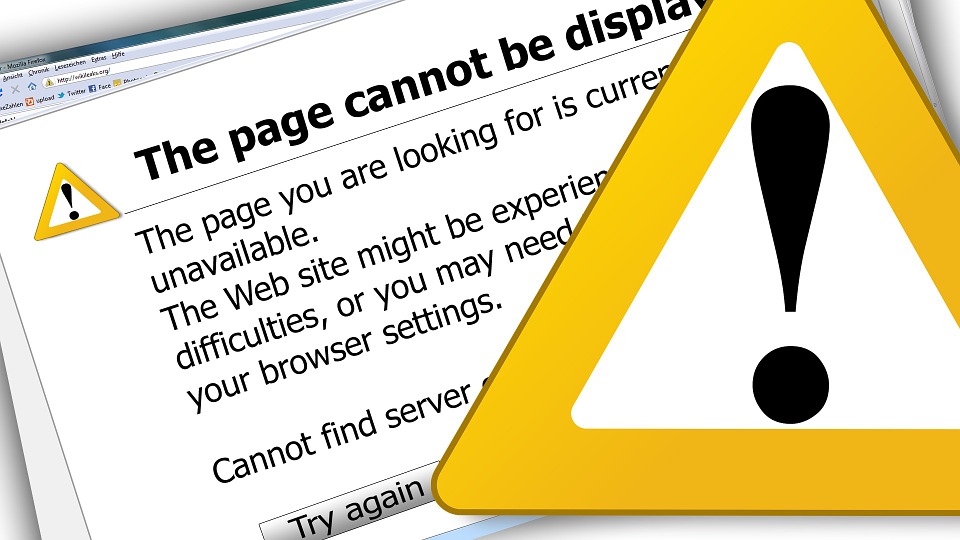
The shopping phenomenon known as Black Friday is almost upon us, with retailers offering massive price reductions to customers in the run up to Christmas. But with online retailers slashing their prices, and more of us then ever shopping online, are those retailers running the risk of also slashing their service levels as they struggle to cope with demand?

The pot of gold at the end of the rainbow is obvious: deliver the right products, value and service and the money rolls in. But today’s retailers also need something else – availability. Online, it is critical for customers to have a fast, responsive experience where they can browse products, add them to their cart, and check out. If any part of the buyer experience is slow or disrupted, it will cause your customers to head elsewhere.
Here’s the conundrum: website traffic can be hard to predict. Many organisations provision their datacentres for anticipated peak times, only to have their hardware idle for the rest of the year when it’s not needed. IT teams work around the clock to ensure that their websites are prepared to handle the onslaught of Black Friday shoppers, but every year even some of the biggest sites struggle to provide the performance and slick user experience that keeps customers coming back. They might want to remember it this way: skimping on Performance, Availability and Reliability will lead to sub-PAR results.
The Impact of a Sub-PAR Site
E-commerce is still growing by leaps and bounds annually, especially on mobile devices. Last year, Adobe reported that it expected international retailers to conduct $3 billion in business on Black Friday alone. Online shopping isn’t just a novelty anymore—it is a core component of the holiday season. And it your site isn’t up to PAR (Performance, Availability, Reliability), it will cost you.
On an average day, 7 out of 10 visitors do not purchase, citing performance, availability, and reliability a main reason for abandonment. Cart abandonment combined with opportunity lost due to downtime is enough to keep many site owners up at night. This nightmare of a Sub-PAR site during the holiday rush is exponentially worse. So, you need a fast, highly available, very resilient system. How to get it?
Let’s Play… The Weakest Link
When we talk about ‘a website’, in e-commerce terms we’re really talking about a nexus, an ecosystem, a complex family of dependencies. These sites span datacentres of all stripes, sit atop multiple clouds and networks and work alongside numerous third-party services, scripts, topologies, and metadata and tagging systems. Making buyers happy means managing dozens of systems, platforms, services, applications and providers. When handshakes fail, a domino effect can occur with ruinous effect, and often all it takes is just one weak link or bottleneck.
Critical areas that need attention are backend infrastructure (datacentre and/or clouds), application delivery controllers (load balancer), and third-party services (e.g. application and traffic monitoring). The infrastructure story is straightforward. You need to have enough capacity in your datacentre or the ability to burst into a cloud environment to handle the increase of traffic. Without the ability to scale-out to a cloud, it can be incredibly costly to build and maintain a high capacity datacentre for the holiday spike.
Traditional application delivery controllers, or hardware load balancers, did a great job maintaining the equilibrium in early complex networks, but the traditional load balancing appliances have their limits. Today, next-gen application delivery platforms are software-only and use analytics to deliver better visibility, performance, and control. These software load balancers can span across datacenteres and clouds to help route and monitor traffic and applications to ensure that shoppers get the best available experience.
In addition to infrastructure and application delivery, third party scripts, tags, and services can be a source of disruption during holiday traffic. Pages on your site often have to load scripts and services hosted by third parties. The more services, the more work for the page. And, while your web page may be powered by robust infrastructure and application delivery solutions, it is now dependent on the infrastructure and application delivery solutions of the third party.
The period covering Black Friday and Cyber Monday is too critical a period to have poor performing scripts and tags degrade your customer’s experience. Many of the application monitoring and customer tracking solutions should be consolidated to reduce the number of third-party services being used. The good news is that many modern cloud infrastructure providers and next-gen application delivery solutions provide detailed analytics that can reduce the need for third party scripts and tags, by consolidating the frenetic mess of multiple providers performing similar tasks.
Retailers need to take a deep dive, analysing and inspecting logs to see what happens to their networks at peak times and diligently weeding out causes of problems. Dry runs that mimic heavy traffic can also help and it’s critical that retailers look at the issue in the round, getting partners and suppliers on board together to avoid the traditional situation of blaming each other for issues.
So, if you’re responsible for a retail site and fearing what’s coming, identify and rectify the weakest link in your website and make sure that you and your customers don’t have a sub-PAR Black Friday.






